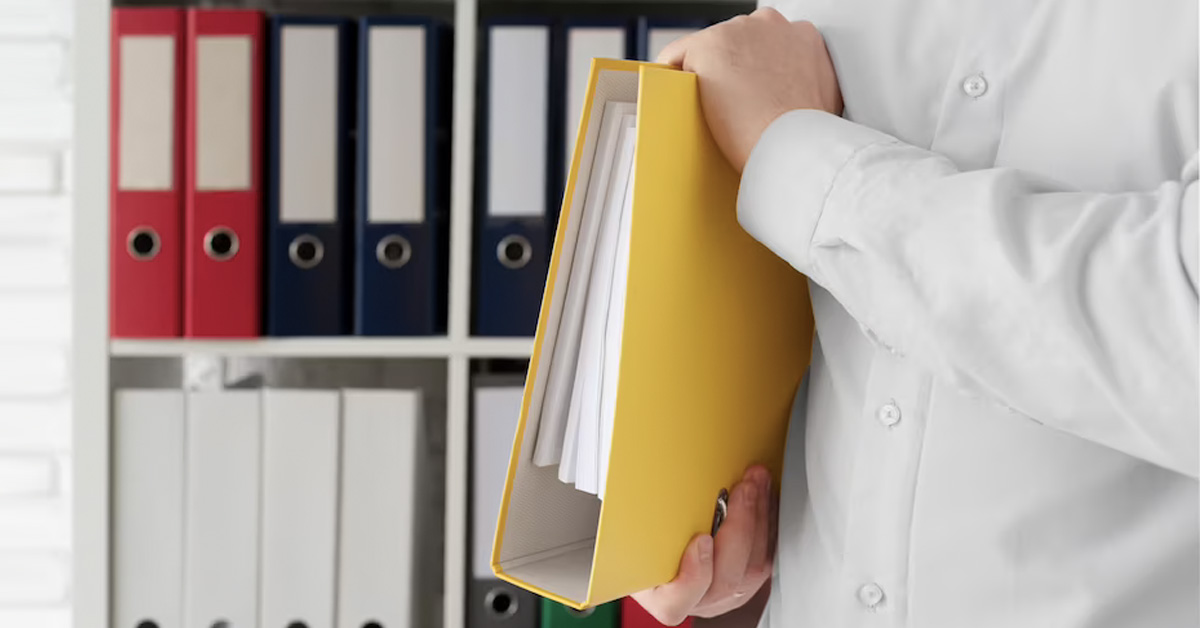It’s a common scenario: you’ve tirelessly worked on a project, collated data, compiled information, and now you’re left with a pile of loose pages. But the journey doesn’t stop there. To present your hard work in the best light, it’s essential to secure those pages in a manner that’s both functional and visually appealing. Let’s venture into the world of document-securing methods and transform those loose pages into professional-grade manuals.
Understanding the Need for Document Securing
Securing documents isn’t just about keeping pages together; it’s about enhancing accessibility, ensuring longevity, and presenting your content in a polished manner. Loose pages can easily get misplaced, damaged, or shuffled, leading to disorganized content. On the other hand, a well-secured document looks professional and is convenient to handle.
Different methods are suitable for different types of content. While a simple report might just require stapling, an extensive manual would benefit from the precision of a binding machine.
Diving into Document Securing Methods
1. Stapling
- Suitable for: Short reports, essays, or small sets of pages.
- Pros: Quick and cost-effective.
- Cons: Not ideal for thick documents. Staples can rust over time, leading to paper damage.
2. Paper Clips and Binder Clips
- Suitable for: Temporary securing of pages, for easy addition or removal.
- Pros: Reusable and easy to apply.
- Cons: Can’t handle very thick documents. Clips might leave indentations on paper.
3. Ring Binders
- Suitable for: Course materials, office reports, or documents that need frequent updating.
- Pros: Allows for easy addition or removal of pages. Transparent sleeves can protect individual pages.
- Cons: Might be bulky. The rings can open up accidentally if not locked properly.
4. Binding Machine
- Suitable for: Professional presentations, thesis documents, official reports, or manuals.
- Pros: Offers a clean, sleek look. Bound documents lie flat when open, facilitating easy reading.
- Cons: Pages, once bound, can’t be easily removed or added without re-binding.
5. Thermal Binding
- Suitable for: Corporate reports, brochures, or books.
- Pros: Creates a book-like finish. The adhesive used is sturdy, ensuring pages stay intact.
- Cons: Can’t easily add or remove pages once bound.
6. Spiral Binding
- Suitable for: Workbooks, manuals, or reference books.
- Pros: Pages can rotate 360 degrees, making it convenient for manuals or guides. Multiple color options for the coil.
- Cons: The coil might get entangled with other items, especially if carried in bags.
Choosing the Right Cover
An essential aspect of document securing, often overlooked, is the cover. It’s the first thing people notice and can set the tone for the content inside.
- Cardstock: Durable and available in various colors. Suitable for reports or presentations.
- Plastic: Offers a glossy finish and protects the content from spills. Ideal for manuals that might be handled frequently.
- Leather or Fabric: Gives a premium feel. Suitable for thesis documents, corporate presentations, or luxury brochures.
Caring for Your Secured Documents
Once you’ve secured your documents, it’s essential to ensure they stay in top condition. Here are some tips:
- Avoid placing heavy objects on top of bound documents to prevent warping.
- Store documents away from direct sunlight to prevent fading.
- For ring binders, ensure the rings are locked securely to prevent pages from slipping out.
- Handle spiral-bound documents with care to avoid tangling the coil.
Presenting Your Best Self
From a pile of loose pages to a neatly bound manual, the transformation is not just physical but also perceptual. A well-secured document speaks of professionalism, attention to detail, and care. Whether you’re using staples for a few pages, a binding machine for that important report, or any other method, the essence lies in presenting your content in its best form. So the next time you’re faced with the challenge of securing documents, remember: it’s not just about holding pages together; it’s about holding the attention and admiration of your readers. Dive deep into the art of document securing and make every page count!
ⓘ LAFFAZ is not responsible for the content of external sites. Users are required to read and abide by our Terms & Conditions.








